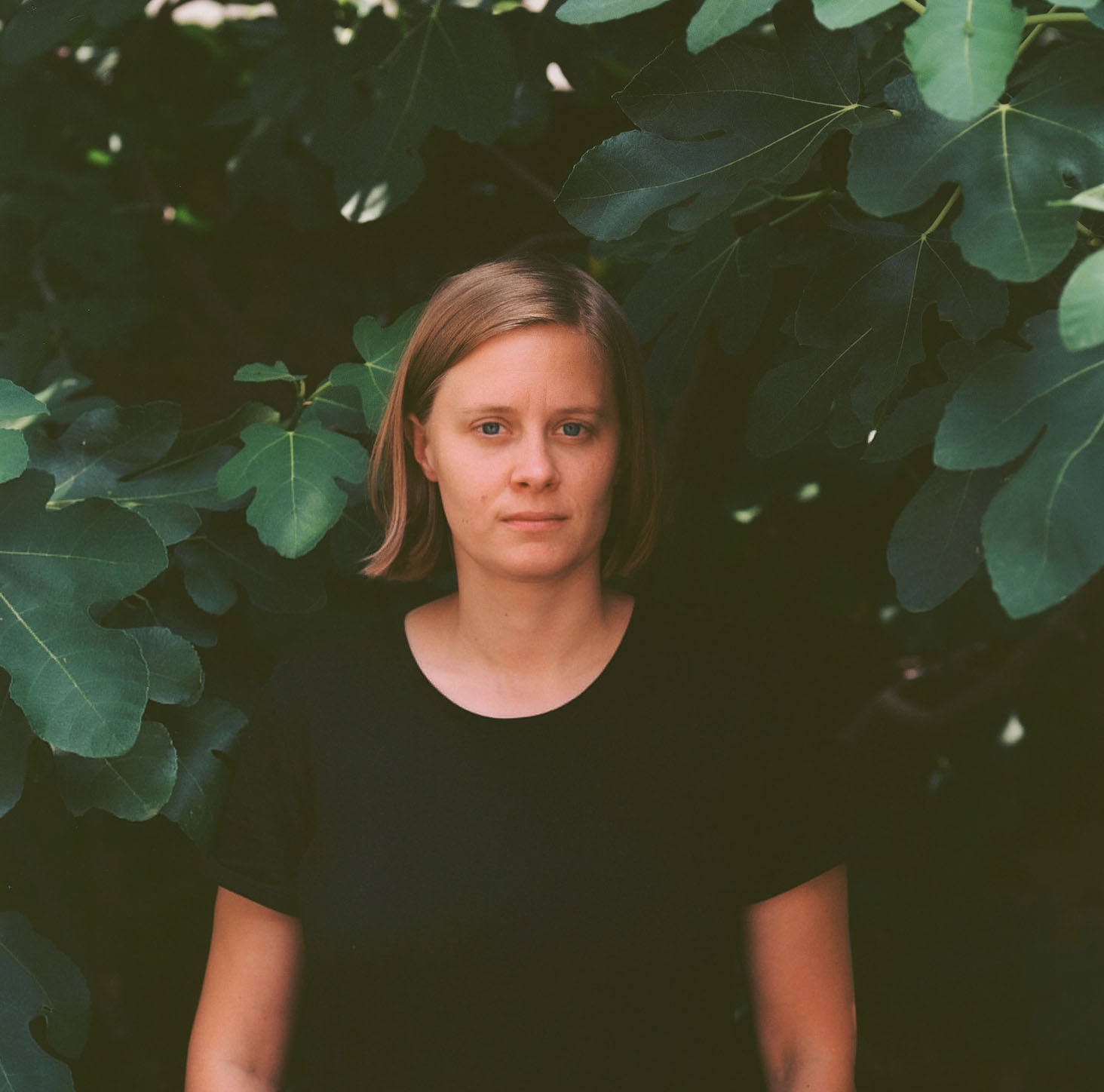Artist Statement:
Viktoria Schmid works at the interface of cinema and installation art. Her chosen mediums of film, video, sculpture, and photography act as co-authors and enter into a dialogue with the content. Medium-specific qualities shape her works and their basic technical conditions become visible. She finds it important to react to the specific parameters of cinema, exhibition, and public spaces and reflect their spatial, technical, and social conditions. Her work focuses on historical image-making processes, the potential for representing landscape and nature, and the historical development of cinema. Schmid is interested in perception and influencing viewers’ everyday ways of seeing.
--
When I met Viktoria it was evident for me that I was dealing with someone with an unusual sensitivity to materials and an artistic statement dealing with cinematic experiences as a strategy for “cleaning the eyes” through playful experiences. A holistic strategy calling for the integration of the perception, body and intellect. I consider her path and her choices eclectic, consistent, consequent and interconnected in a kind of organic web. It is, therefore, an organic eclecticism which, if programmed, belongs to intuition. Immediately feeling empathy and recognizing myself in her vision, here I am interviewing Viktoria.
Schmid's artistic practice materializes in an image capturing the flow of reality or brought to the scene that precedes its crystallization. In this suspended dimension, the inherent potentialities of an object, material or natural element radiate around her works and express their maximum tension. This fluid and unpredictable, open and reversible reality is fueled by her interest in perception and in influencing viewers’ everyday ways of seeing.
Mainly articulated in the interface of cinema and installation art, Schmid's work combines different strategies, temporalities and perspectives that give life to a world in which man is no longer at the center – a world upside-down where the wooden sculptures are trees again.
Her pieces coexist evoking this great natural gift of thought in the sense of enchantment and wonder, open to metamorphosis and ready to capture the perception in everyday objects.
What follows is a written interview by correspondence.
ÂNGELA BERLINDE (ÂB)1: Let's talk about the issue of the contemporary landscape through cinematic experiences, a theme that has occupied a central place in your practice, especially in the films A PROPOSAL TO PROJECT IN SCOPE and a A PROPOSAL TO PROJECT IN 4:3 and the photographic work VIKTORIASCOPE where site-specific installations became a projection surface for the subtle interplay of shadow and light from the surrounding trees and bushes in the middle of a vast, green landscape. What is a landscape? Can we give it a definition? Can we somehow delimit its content? Is there any relation with the metaphor of Plato´s cave? How can this works relate with the vertigo of the times?
Viktoria Schmid (VS): The first screen I built is the one in the format of 4:3, the aspect ratio I mostly use, as I usually work with 16mm film. I spent one month in Northern California in the framework of an artist in residency: I found myself going for long walks on my own in a national park, where you were completely alone and did not meet any other humans (only rattlesnakes and many other small creatures). Experiencing the wideness of the landscape on my walks made me think even more about the inevitable fact of framing while making films/taking photographs. As a filmmaker/photographer you can only take a small section of the world you are surrounded with, you always have to make a selection. During my stay in California I found again the initial pleasure I had in filmmaking. I wanted to capture the feeling I have while experience nature. All this inspired me to my PROPOSAL TO PROJECT series, where I install screen-sculptures in nature.
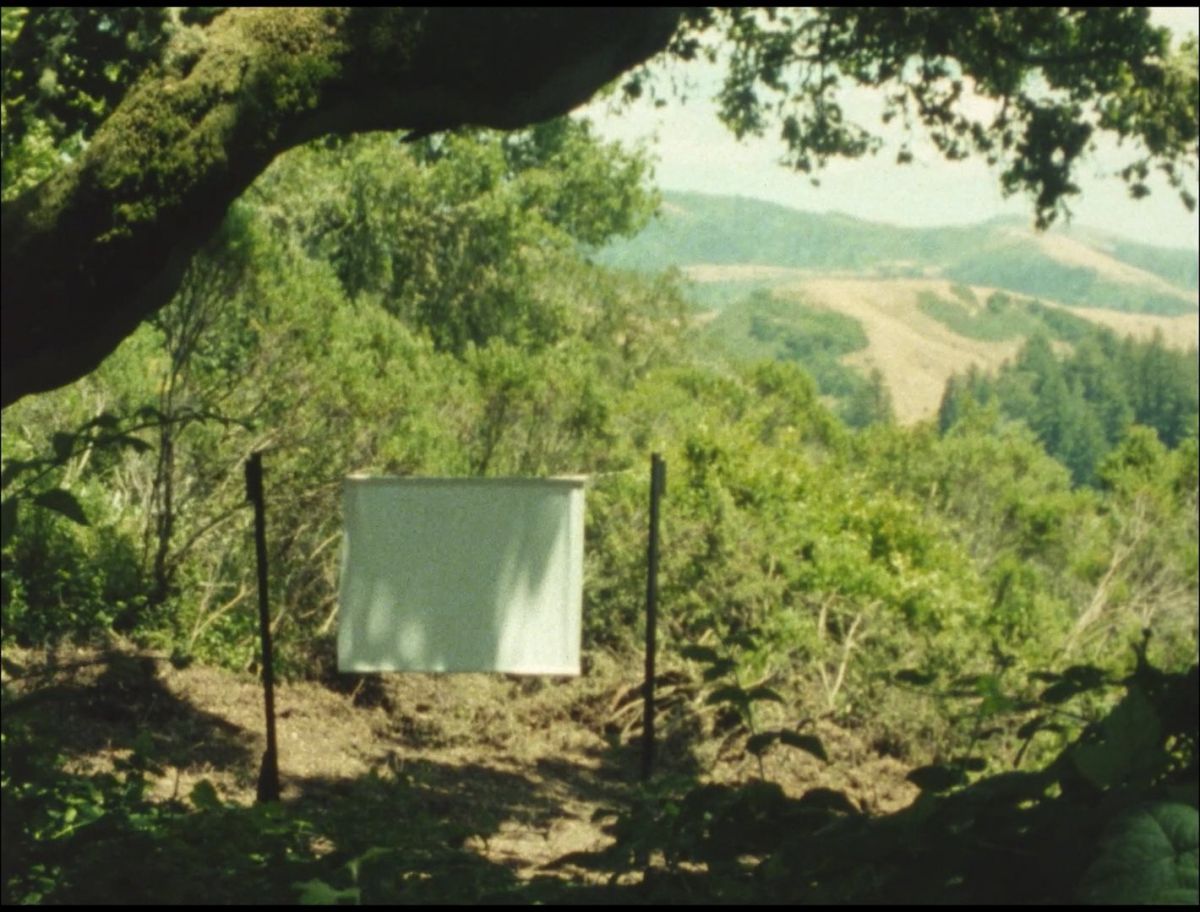


This was kind of the first time I worked with sculpture. It was exciting to work with this medium and, furthermore, to combine this new practice with my filmmaking: I make a portrait film with the sculpture as the protagonist in the correlating film format.
For A PROPOSAL TO PROJECT IN SCOPE I was searching for a landscape that matches the widescreen format and also reflects its historic use, as the format was often used in the Western genre. When I encountered the dunes in Lithuania, I was determined to install the screen there. I fell in love with this unique place after living there for two months. It is very special that the sea and the forest are in close proximity. The forests are artificially planted and date from different time periods/ages. Their purpose is to keep the sand dunes from being blown away by the wind, the roots of the trees prevent the peninsula from disappearing. In my film I created a new fictional landscape with the help of editing and by selecting different locations all over the Curonian Spit. I brought my favorite spots on the peninsula closer together to form a new cinematic landscape.
Light and no light (shadows) are the main ingredients for cinema. The projector projects light through the film print, like a grid. And the screen makes the shadow play visible. In my work I often find myself reducing in order to have a concentrated new point of view. Seeing the shadow play on the white screen is a way to reflect on cinema, on why we are drawn to go to the movies.
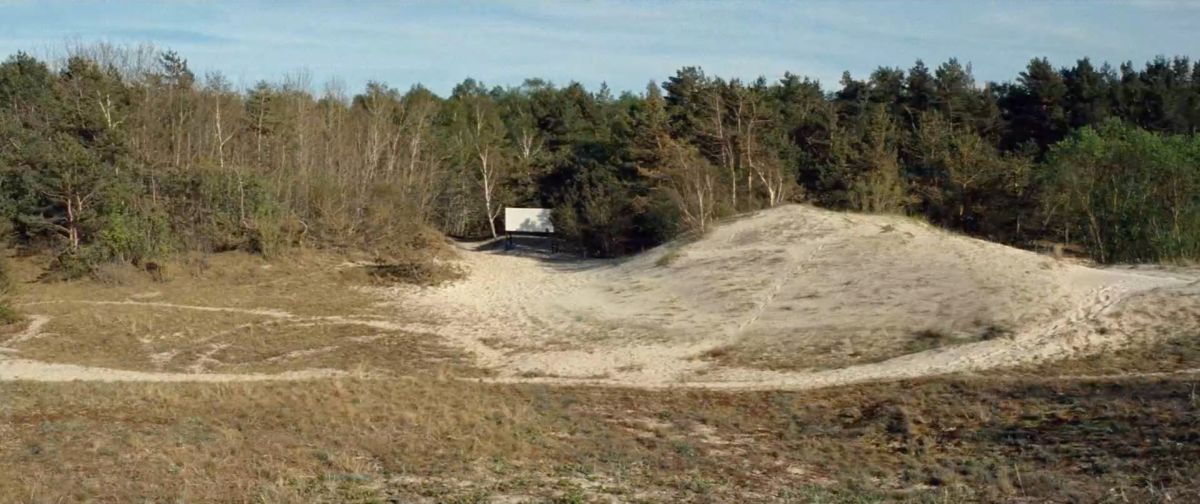
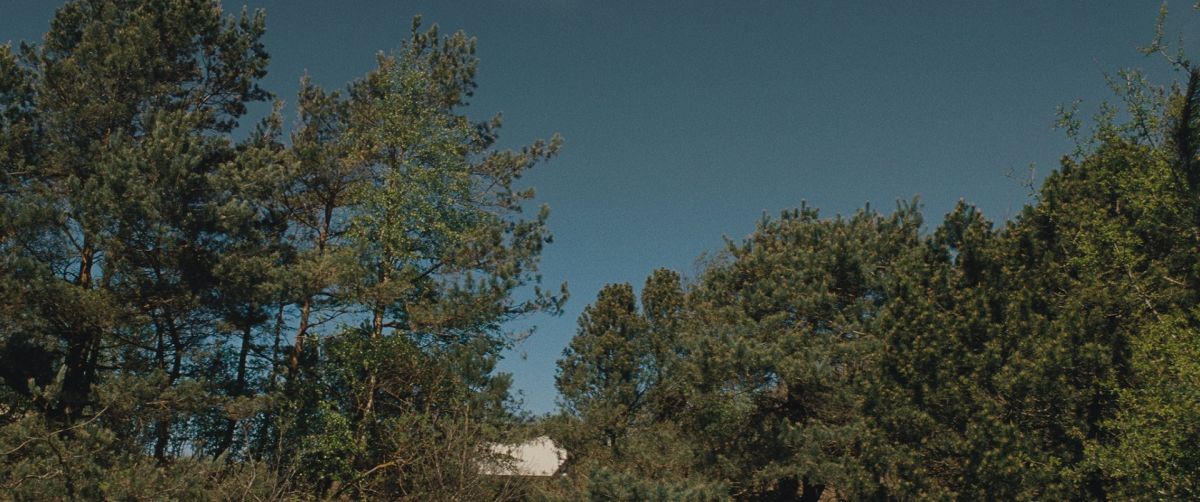
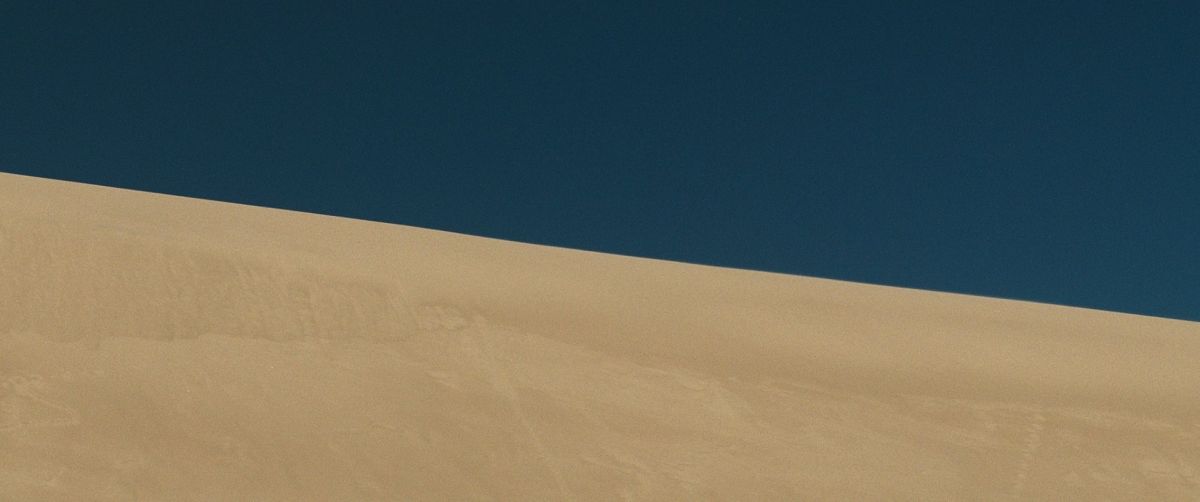
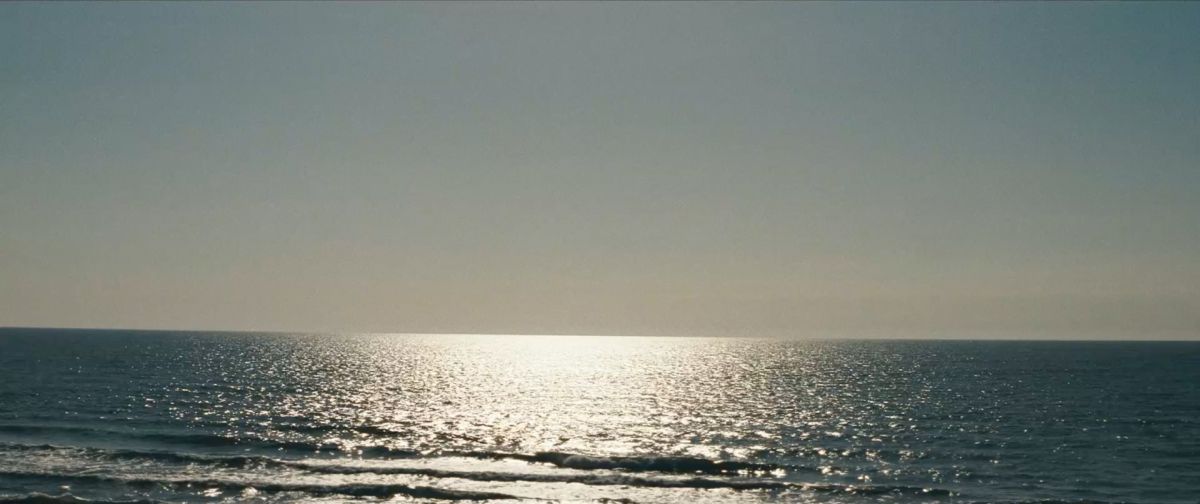
(ÂB) 2: I would like to talk about the titles of your works, for instance A PROPOSAL TO PROJECT IN SCOPE. This expression has a scope that refers to a work in progress, it implies an idea of permanence and movement. I wonder whether you consider your work unfinished or whether infinity is part of your intention. In this sense, which projects are you working on or planning to continue and where?
VS: A PROPOSAL TO PROJECT IN SCOPE consists of two parts: I made this eight-minute 35mm film, a portrait film of the screen and the landscape surrounding it. This film is shown at festivals and exhibitions. The second part of this work is the sculpture that is still installed in Nida, Lithuania. The moment when a passer-by encounters the screen in – for it – unfamiliar surroundings and without knowing about it is a very crucial aspect of this work. In a way, we could say the work is unfinished as there will always be new moments/encounters with the screen. Finding a white screen in the dunes and the thoughts that are triggered by it are also possible projections, which the title refers to. In the course of a year the shadow play also changes as the seasons change, so every day there is a unique shadow play performing on the screen. I curated a short film program with experimental short films in the widescreen format, so one day the screen will also be used for its conventional purpose with the help of a 35mm projector and a generator and an audience.
My plan is to build screens in the various aspect ratios of cinema, so for example next would be 1.66:1 and 1.85:1, to name two that are quite common. I am also interested in the upright format of a smartphone, a format that shapes many of our personal photographic records. When I finish this series, all the films will be shown together in a screening. It will be a celebration of aspect ratios and cinema and the curtains of the cinema will have to be adjusted after each film to adjust to the next format.
(ÂB) 3: I would like to ask you if, and in what way, landscape, history, art and their cultures inspire your work. Or rather, does your work draw on a more generic idea of art or do you think it is independent of individual countries/cultures?
VS: I would say that the history of cinema and the technical aspects of it inspire my work: going back to the past to rethink the present. I am a perfectionist, and the mediums I use are protagonists, too. The medium helps me create the work and at the same time I give away some of the control to the medium itself, and letting go of my perfectionism is quite important to me.
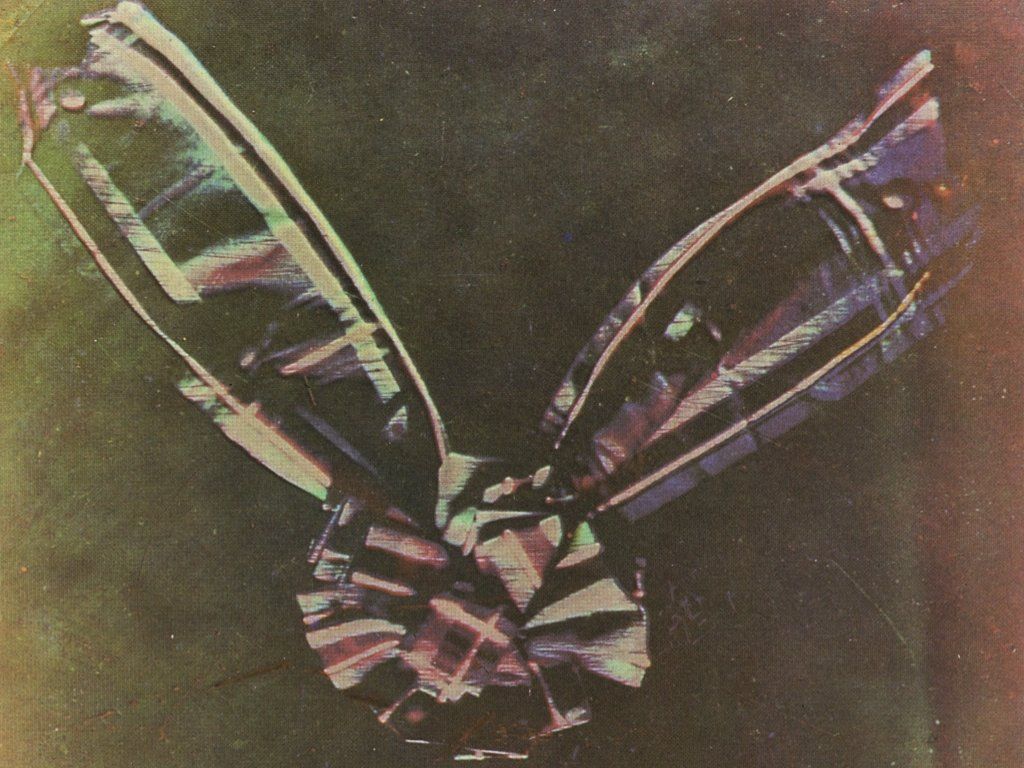
For example, during research on early color film I found this first color photo that was made by a physicist in 1861 to investigate the human eye and its perception of color. This encounter was the starting point of a series of works on early color film and color separation.
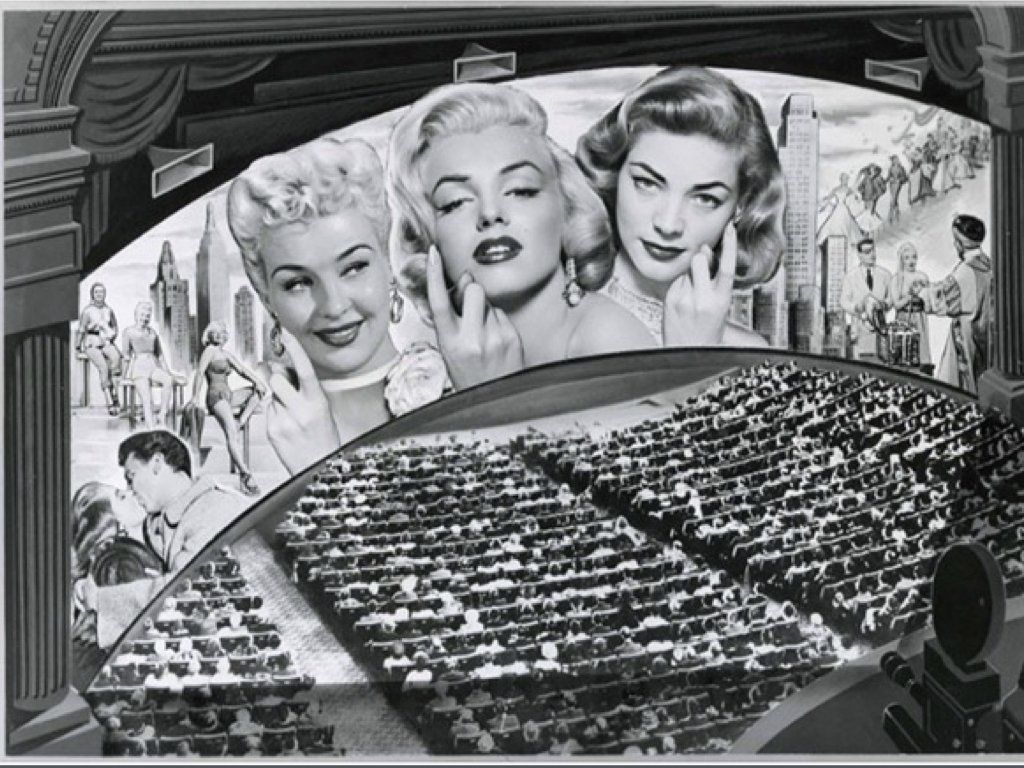
And last but not least, nature and landscape play an important role, too, but I think this aspect is quite obvious in our interview!
(ÂB) 4: I would like to ask you something about the display you use in the works: the sculptures are installed on an irregular stage. The presence of signs announcing the work produces another strange short circuit as they seem to refer to something performative, of a temporary nature, such as cinema or theatre. To what extent are the exhibition's display and communication part of the same project?
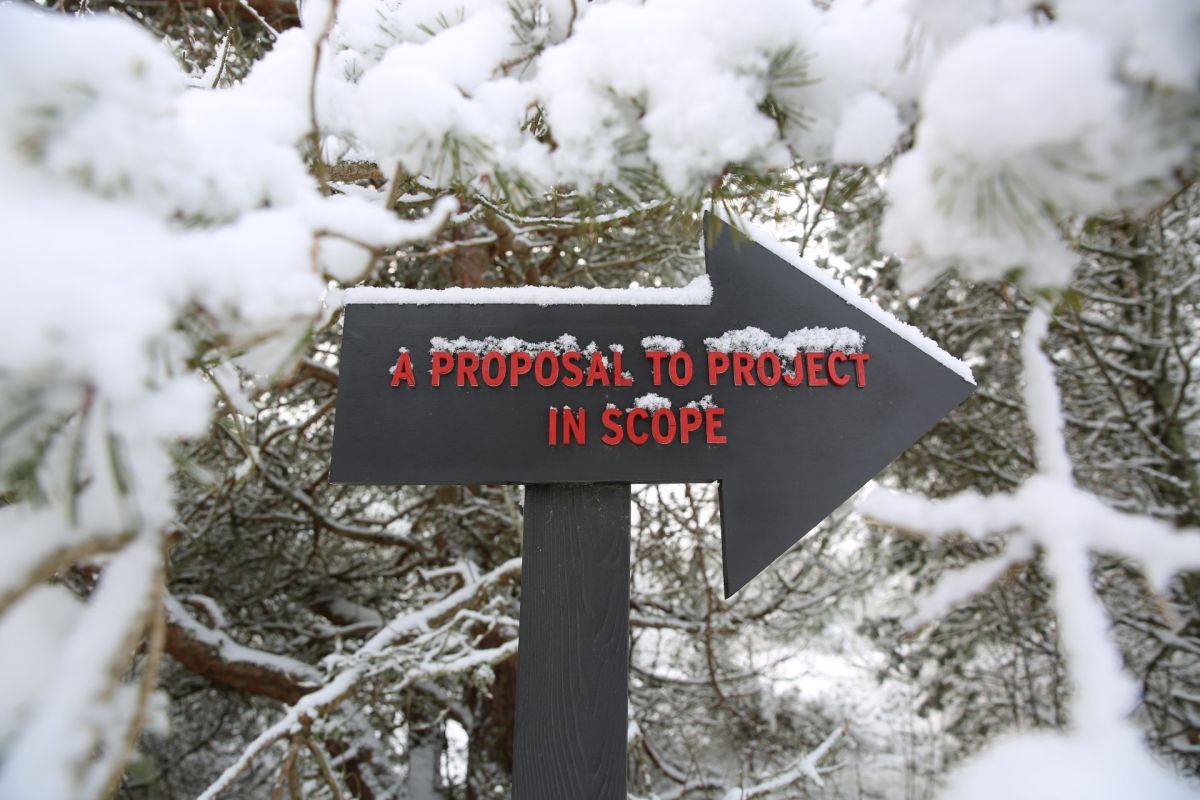
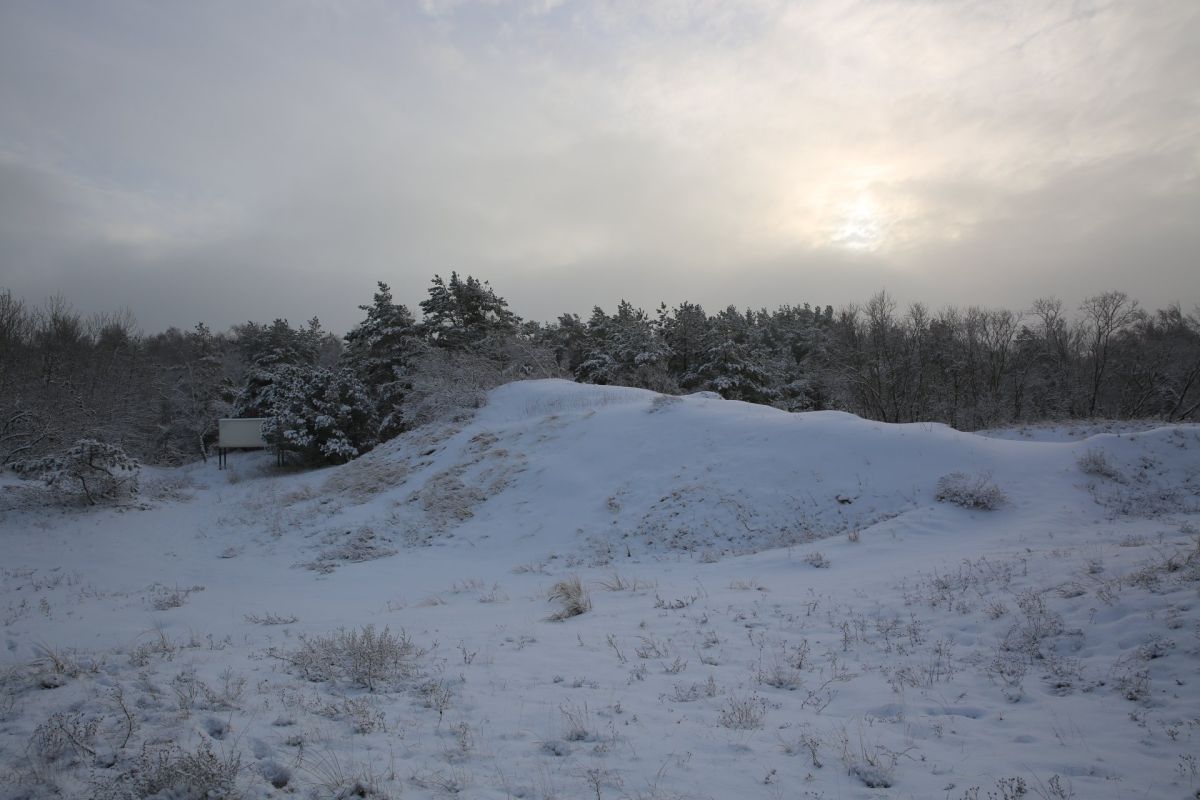
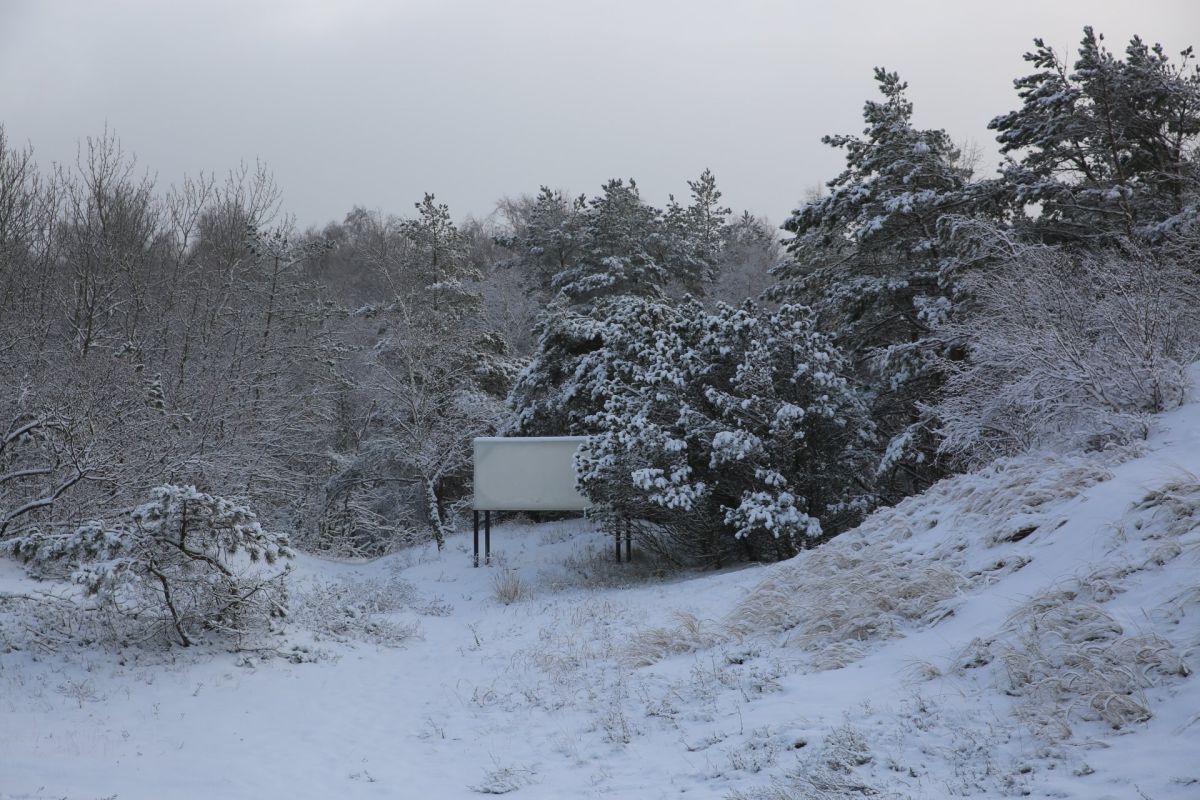

Speaking of display: the screen becomes the main protagonist in my work. In the cinema it usually has to become invisible to be a mirror or window to the world.
A sign with just the title is installed to guide the way to the screen, but it was important to me not to give instructions or more context to the screen in the form of a written description that I would put next to the screen. The surprise effect of finding the screen is very important as I mentioned earlier. I made an entry for the screen on Google Maps, so you can find it there, too, as well as a link to a webpage to get more information.
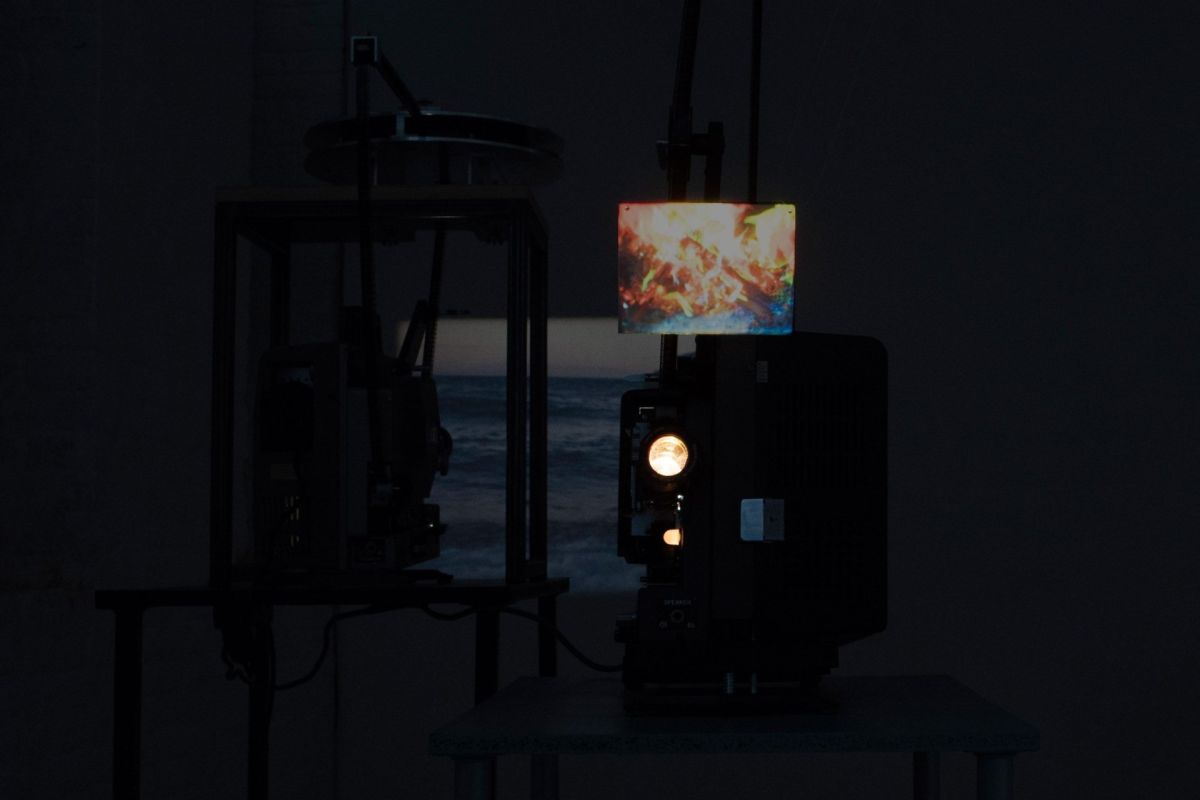
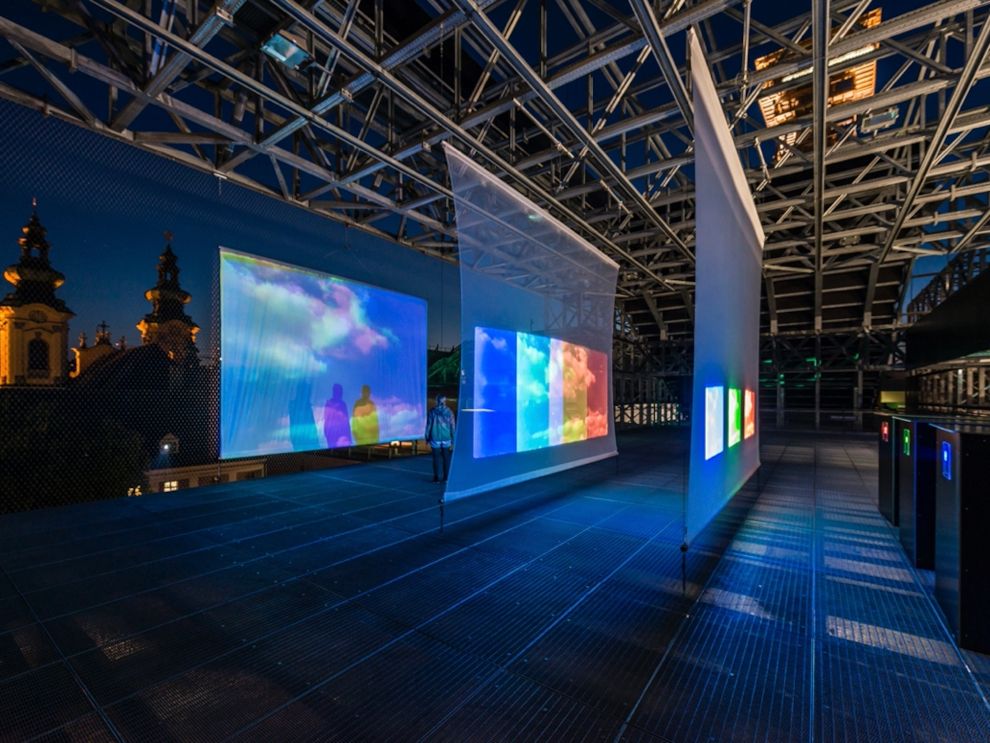
In the exhibition space you have more freedom. For example, you can decide on the size of the projection. I have one work where I projected on a super tiny plexiglass surface that was floating in space. This would not be possible in the cinema context. After showing my films as part of short film programs in the beginning of my career, I felt a bit stuck there, so I started to work on installations and enjoyed this process a lot – being able to deal with the space itself. In my installations, cinema still plays a role. I reflect on its limitations, but also on its advantages. For example in my work THE CLOUDS ARE NOT LIKE EITHER ONE – THEY DO NOT KEEP ONE FORM FOREVER, I have set up three screens that reveal the process and technical aspect of color separation. The projector is not hidden, and the audience is encouraged to move around and experience the installation. In a cinema the audience is not allowed to move, you sit in silence on your designated seat. I once showed the installation ATTEMPT TO FILM WIND before the start of a short film program. So, while other people arrived, the audience could watch the projection from their seats in a concentrated setting. However, the arrival of the other guests also created new color shifts in the projection as they blocked one of the three projectors I used, each with a red, green or blue filter. This setting enabled me to play with the two competing settings.
In collaboration with the carpenter Andreas Radlinger, I created two benches for my Proposal films that are inspired by the screen design itself and also have the same aspect ratio. On the seating area you see cyanotypes that capture a similar shadow play as in the films. This new work connects my Proposal films with another important work of mine called #VIKTORIASSHADOWS. In this series, I collect shadows in the places where I live and work, and I make them last with the help of the chemistry of the cyanotype process that is sensitive to UV light. I have been working on this series since 2018, and now have an archive of shadows of Rota (Spain), Nida (Lithuania), New York City and three different studios in Austria.
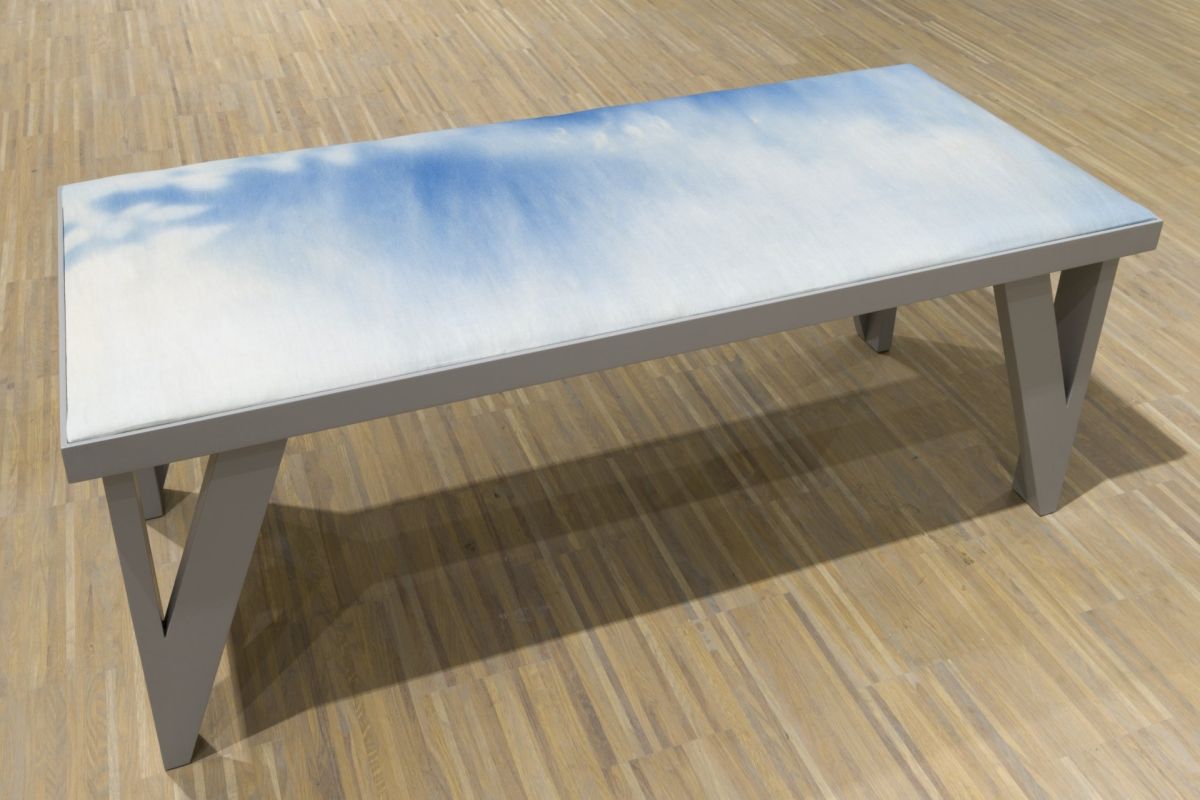
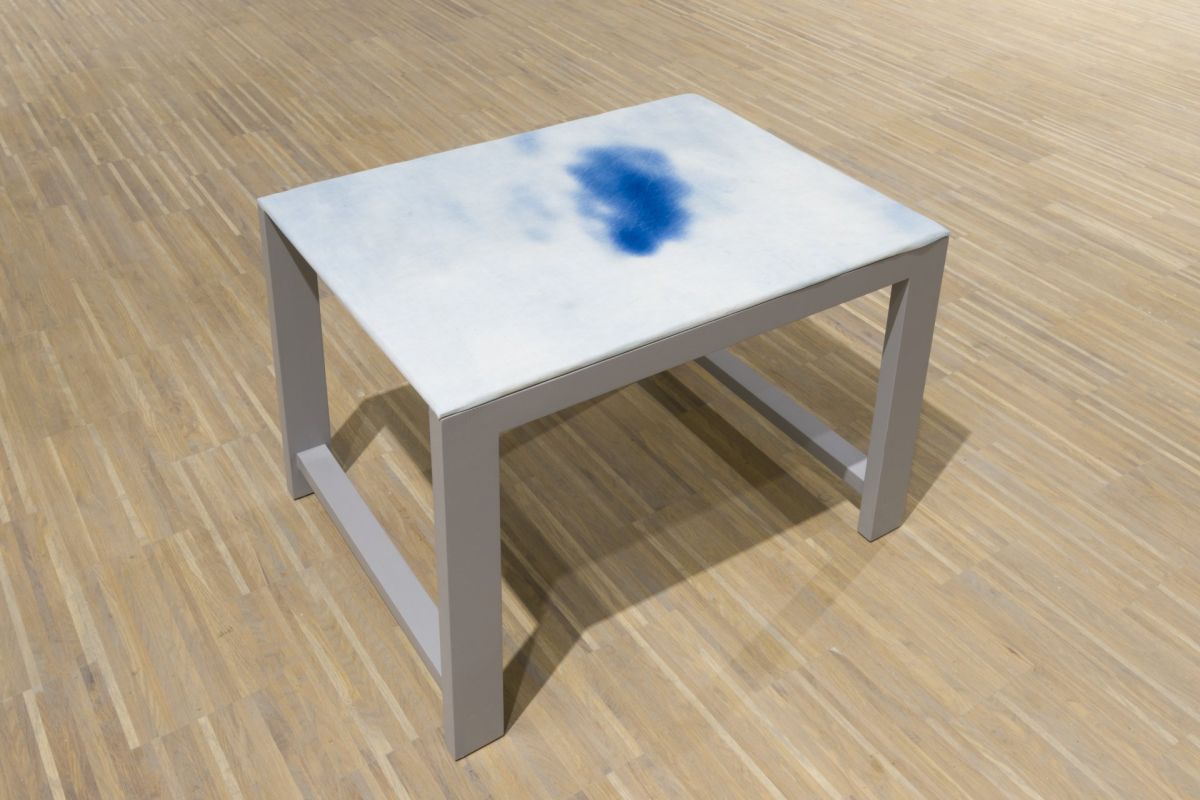

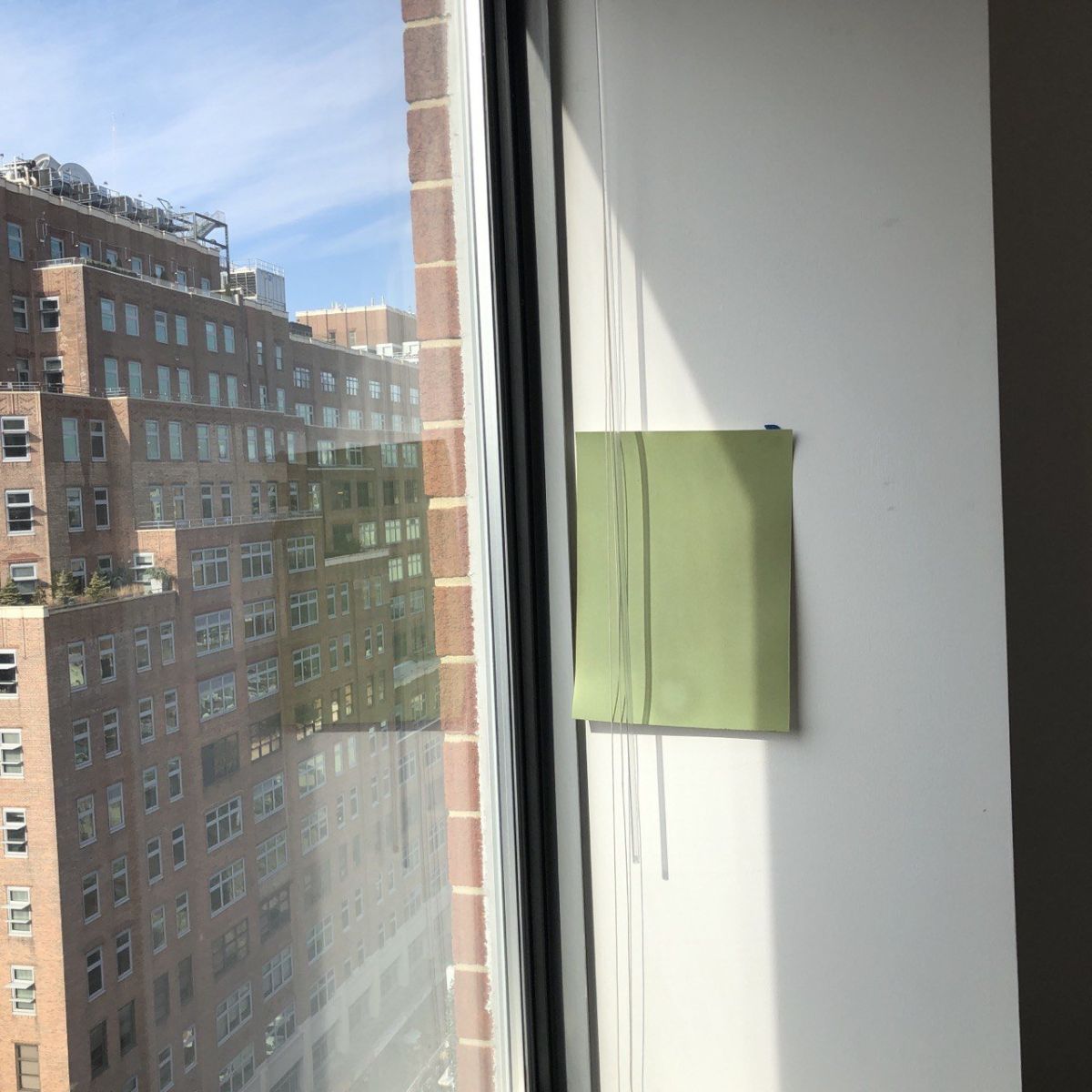

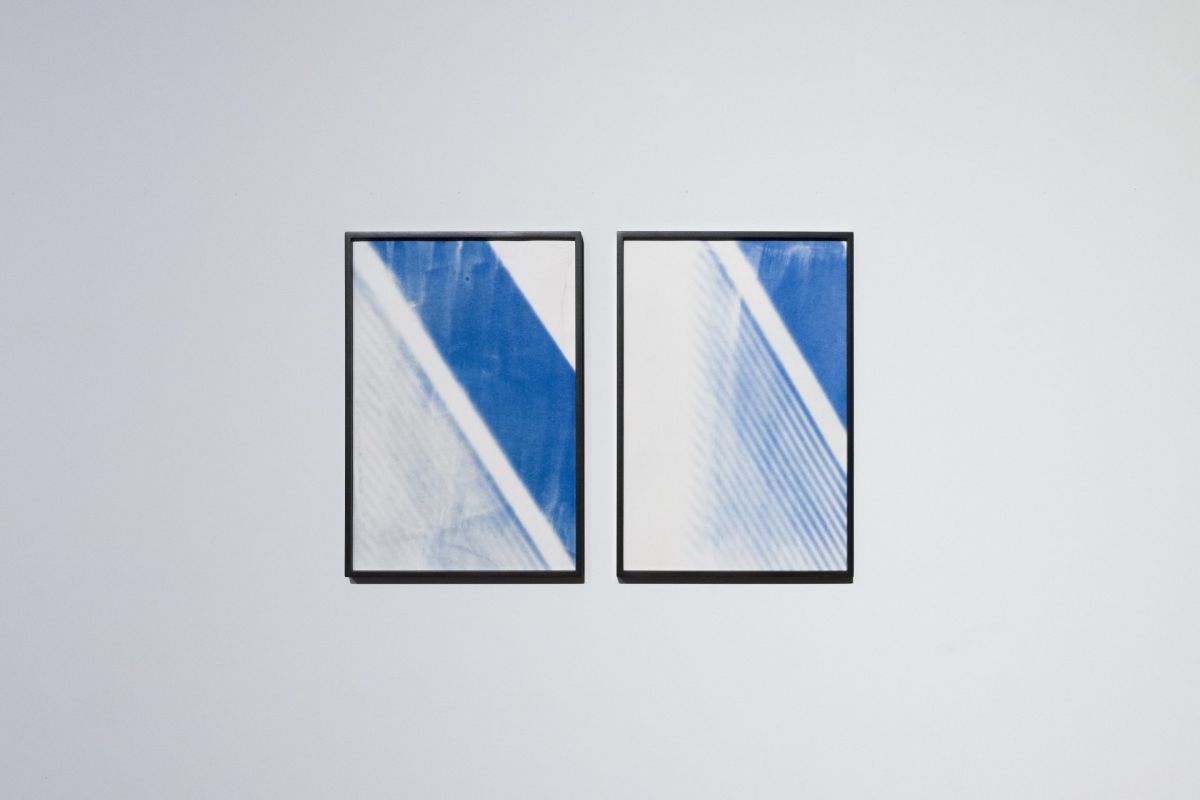
(ÂB) 6: Much of your work focuses on how we understand and decipher things, questioning how our cognition is processed, often through a playful and poetic, but at the same time abstract approach, leading to the construction of visual poems. I remember the works: Attempt to film wind or The clouds are not like either one - they do not keep one form forever. In these works, reality is only revealed with experience, which at the limit can be presence or contemplation. When you act on space, you also add something to it. Can we speak of a parallel reality that intersects with another experience?
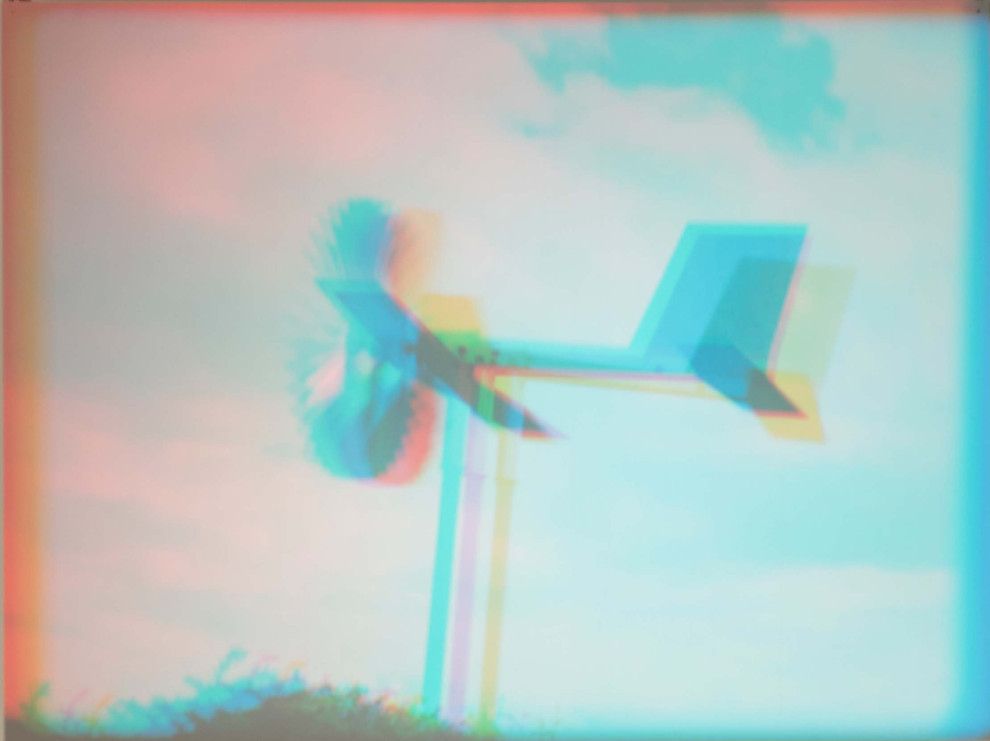
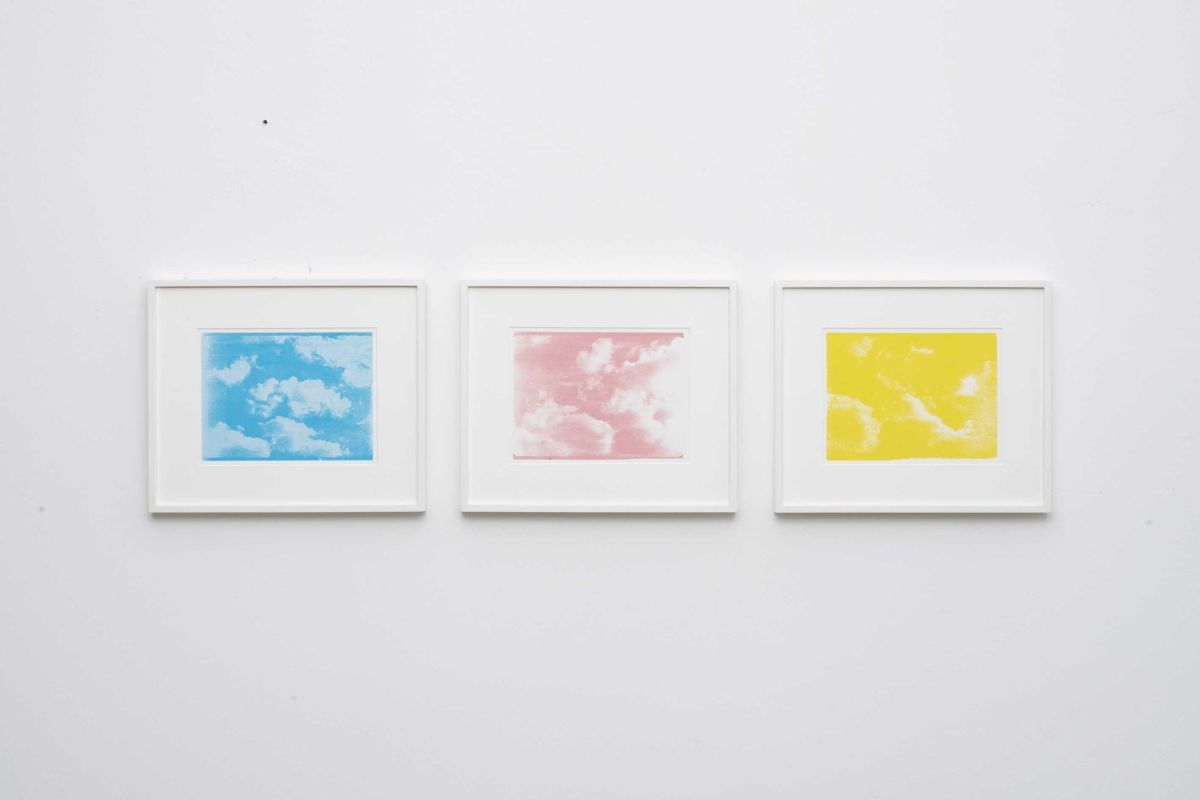
VS: What I want is to change the everyday perception of the viewers with the help of my artworks – creating something you cannot perceive with your human perception. What interests me in cinema is the joy of seeing and listening, that it promotes the desire to look at things closely, allowing me to dedicate a period of time to these senses in a concentrated form. For me, this is closely connected with the way in which we perceive landscape and nature.

I am interested in using the specialty of each medium I use and I embrace that. For example, I look quite similar to my older sister. I made a single-frame film to investigate with the help of the 16mm film whether we really look alike. With my 16mm camera I can also make single frames instead of shooting 24 frames per second. We shot 960 single frames of our faces in a special rhythm: Due to the phi phenomenon, the fast, rhythmical alternation of the individual portraits becomes a mixed portrait of both faces. The medium film helps me to investigate – like a visual scientist with a lot of freedom.
(ÂB) 7: I think your installations are transcendental especially when they talk about ecological concerns in contemporary art. In them I experience a deeper relationship with the visual process of contemplating nature. There is a clear appeal to discovery, a return to the elemental, to silence, to the absence of noise or human activities. There is something in your works that seeks to embrace the ancestral land and propose new relationships with nature. Do you agree with this view? Can you tell us about this relationship?
VS: Looking closely and taking your time to perceive goes against the vertigo of our times in a way. To stop and experience nature, for me, is connected with how we perceive experimental films in the darkness of a movie theater.
My minimalistic approach enables your own thoughts, so new ideas can start to grow in your head. My art is an excuse for me to spend a lot of time in nature. To find the perfect spot for the screen and the locations for shooting the film in Lithuania, I was walking and biking around for one month. Being in nature with a mission for my next project is the perfect scenario for me. When I am alone with my camera while shooting, I am in a very special mindset and flow that only this kind of work is able to create for me.
(ÂB) 8: To what extent has the absence of travel and immersion in nature affected your practice as a result of the pandemic? Was there a change in your mindset?
VS: One of the things I like about being an artist is that my work allows me to travel and then, while I show my work, to meet people all over the world, which starts a conversation, and so I am able to make new friends and accomplices that share the same interests and passion.
Before the pandemic I just had two busy years filled with (too) many projects, so the slowdown caused by the pandemic definitely gave me a new perspective on what is important in life and forced me to reevaluate. It was quite unusual for me to spend a lot of time in Austria. But I had more time to spend in the countryside where I grew up, so this was an interesting change and this definitely opened up a new chapter of my life. BUT, I cannot wait to travel the world again, as it is such an important part of my life!
Thank you Viktoria!
Ângela Berlinde, Porto, November 2021
